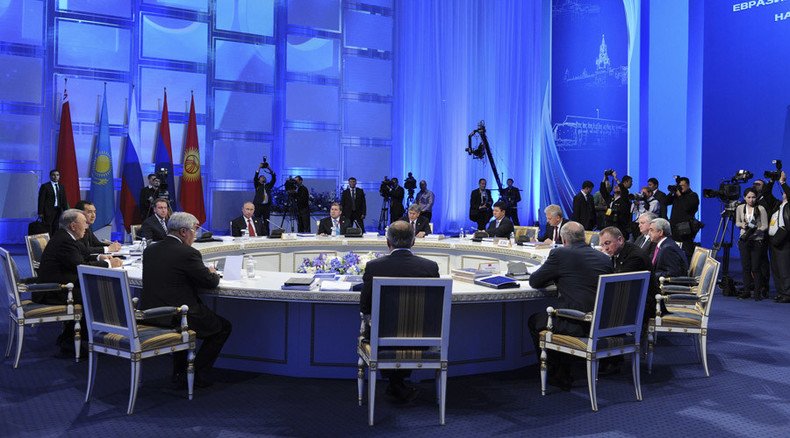Eurasian Economic Union reaches out to South-East Asia

The development of regional economic integration is an objective process. In a globalizing and increasingly competitive international environment, there is a strong trend towards creating and strengthening regional cooperation.
The state of crisis in the global economic and financial system provides more incentives to cooperate so that countries can collectively and efficiently respond to economic challenges and obtain real competitive advantages.
The Eurasian Economic Union (EAEU) – established in January 2015 by Russia, Belarus and Kazakhstan, joined later by Armenia and Kyrgyzstan – is a case in point. It offers great opportunities for business. The single market was created with 170 million consumers and a unified legislative code which functions on the basis of WTO norms, and is harmonized in the areas of the macroeconomic policy, rules of competition, technical regulation system, transports, natural monopolies’ tariffs, and agricultural and industrial subsidies.
New integration formats already provide specific practical benefits to the member states: the general investment climate has improved, mutual trade among EAEU member-states is growing, the inflation rate has slowed down, and the number of unemployed has been reduced.
Efforts by new partners to join our format testify to effectiveness of economic interaction within Eurasian integration structures.
Our integration association actively partners with third states and other integration associations. The Eurasian Economic Commission has already received several dozen proposals on establishing preferential trade regimes. A Joint Group was established to make a feasibility study for a possible Free Trade Area between the EAEU and Israel. Similar groups are to be created to conduct feasibility studies on launching FTA talks with India and Egypt.
In May, a free trade zone agreement was signed between the EAEU and Vietnam. To some extent, this is a breakthrough moment, as it is the first international preferential agreement of EAEU with a third party. On the one hand, the third party receives additional opportunities in our markets, and on the other hand, this is recognition of our efforts to create a full-fledged integration association. Experts are now working on how to implement trade liberalization between the EAEU and ASEAN as a whole.
The statements, views and opinions expressed in this column are solely those of the author and do not necessarily represent those of RT.
The statements, views and opinions expressed in this column are solely those of the author and do not necessarily represent those of RT.













